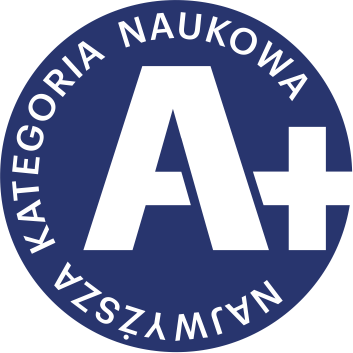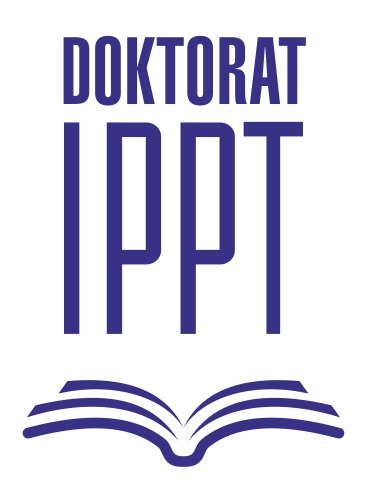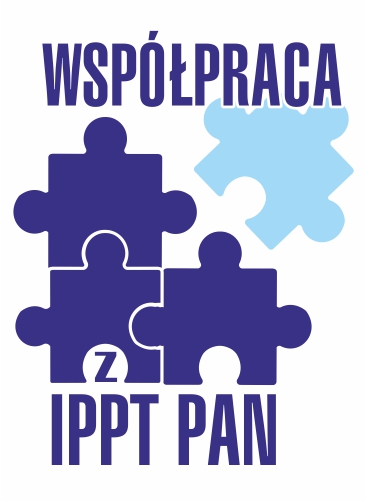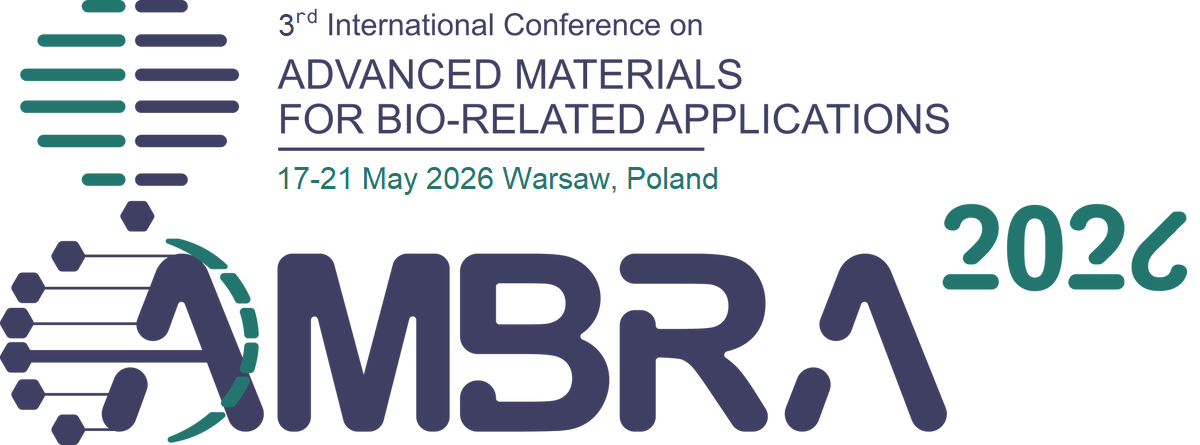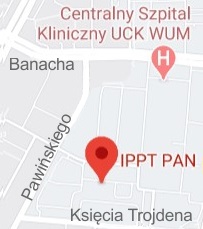| 1. |
Bhat M.♦, Khan F.♦, Ayoub Z.♦, Jain A., Gull S.♦, Recycling biowaste into energy storage: waste tea leaves-derived hierarchical porous activated carbon for supercapacitors,
Journal of Power Sources, ISSN: 0378-7753, DOI: 10.1016/j.jpowsour.2025.237969, Vol.655, No.237969, pp.1-11, 2025 Streszczenie:
Biodegradable wastes, like tea leaves, play an essential role in promoting a sustainable waste management strategy by reducing pollution and providing chances to exploit valuable resources. In this study, discarded tea leaves are utilized to fabricate an electrochemical double-layer capacitor (EDLC) containing hierarchical porous activated carbon (AC) electrodes and an aqueous sodium sulfate (Na2SO4) electrolyte. With its various micro/mesoporous structural architecture, the resulting AC is well-suited for EDLCs. The device demonstrates high specific capacitance, energy, and power values of approximately 282 F g−1 (at 0.9 Ag-1), 28.3 Wh kg−1, and 35 kW kg−1, respectively. Notably, the enhanced device demonstrated its capability by powering a light-emitting diode (LED) for more than 11 min. In addition to maintaining a largely steady specific capacitance over 10,000 charge-discharge cycles with a retention rate of about 93 %, the device also attains 97–100 % coulombic efficiency. This study highlights that leftover tea leaves serve as a sustainable resource for energy storage devices, offering significant benefits to both society and the environment Afiliacje autorów:
| Bhat M. | - | inna afiliacja | | Khan F. | - | inna afiliacja | | Ayoub Z. | - | inna afiliacja | | Jain A. | - | IPPT PAN | | Gull S. | - | inna afiliacja |
|  | 140p. |
| 2. |
Bhat Md Y.♦, Khan F.♦, Jain A., Gull S.♦, Exploring the synergistic integration of graphene nanoplatelets as electrodes with gel polymer electrolytes for high-performance supercapacitor applications: a study of Li-salt dynamics,
Journal of Energy Storage, ISSN: 2352-152X, DOI: 10.1016/j.est.2025.11, Vol.130, No.117340, pp.1-13, 2025 Streszczenie:
Gel polymer electrolytes, constituted by plastic crystals, are an emerging class of semi-solid with desirable mechanical, thermal and electrochemical characteristics rendering them suitable for energy storage and conversion devices. This work presents the exploration of graphene nanoplatelets as electrodes with a novel gel polymer electrolyte based on poly (vinylidene fluoride-co-hexafluoropropylene) (PVdF-HFP), incorporating non-ionic plastic crystal (succinonitrile), organic ionic plastic crystal (1-ethyl-1-methyl piperidinium bis(trifluoromethanesulfonic)imide), and lithium bis (trifluoromethanesulfonyl) imide (Li-TFSI). With the addition of Li-TFSI in the bare electrolyte mentioned, the physical and electrochemical parameters are significantly enhanced. The ion diffusion coefficient improved by ∼122 %, with a specific capacitance, energy, and power densities of ∼67 F g−1, ∼ 9 Wh kg−1 and ∼119.2 kW kg−1, respectively. The EDLC illustrates overall stable and high-rate performance upto ∼42 Ag−1 with the coulombic efficiency of 96–98 % and depicting only ∼8.8 % initial fading. The device has capability to glove a LED upto ∼13 min indicating substantial practical efficiency of energy storage of supercapacitor. Słowa kluczowe:
Lithium salt, Ionic conductivity, Gel polymer electrolytes, Graphene nanoplatelets, LED, Electrochemical double-layer capacitor Afiliacje autorów:
| Bhat Md Y. | - | inna afiliacja | | Khan F. | - | inna afiliacja | | Jain A. | - | IPPT PAN | | Gull S. | - | inna afiliacja |
|  | 100p. |




